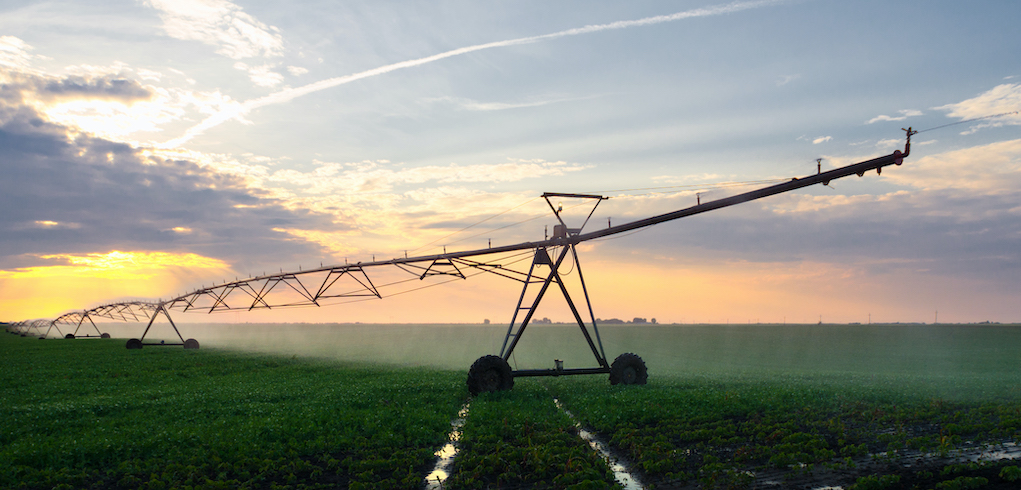
One of the biggest misconceptions among oilseed processors is the assumption that processing 100 tons per day (TPD) of raw soybeans will produce 100 TPD of profit-bearing product.
Some processors fail to consider the moisture reduction steps often required for efficient processing and how these impact the weight of their final product. These drying steps could lower daily yields by as much as 10% of your starting weight.
If not accounted for, moisture losses can drastically impact the anticipated profitability of your operation.
Soybean moisture content overview
Soybean moisture varies greatly depending on the origins of your raw material and whether it’s coming directly from the field or out of storage. For example, seeds coming straight off the field can have a moisture content as high as 18%.
The challenge is that oil presses like the Anderson Expeller operate most efficiently when processing soybeans with moisture levels around 5%. This means that if you send untreated raw material straight into the screw press, it can be detrimental to the efficiency of your equipment and operating costs, not to mention the quality of your end products.
The first line of defense against high soybean moisture should be to carefully assess the amount of water in your raw materials to ensure that you’re not buying excessive water weight.
Then, to really maximize soybean profits while optimizing efficiency, processors should invest in high-quality machinery designed to reduce the moisture content in soybeans.
Reducing moisture content in soybean processing
Using an extruder like the Anderson Dox ahead of the press to mechanically cook and dry the oilseeds can help remove additional moisture. The frictional heat generated by an expeller press also removes some excess moisture from soybeans.
However, all extruders have their limits. For example, the Dox has a high moisture limit of 10-11%, above that and it cannot generate enough heat to dry the soybeans to 5% for the most efficient pressing.
The key to high-quality soybean processing is controlling soybean moisture before the material hits the extruder. Installing upstream drying equipment ahead of your system can help dry soybeans to appropriate moisture levels, ensuring optimal efficiency throughout the downstream processing.
Need assistance with your oilseed equipment now?
Do not hesitate to call us at 1(800) 336-4730 or use our contact form.
To address excess soybean moisture, Anderson typically recommends fluid bed dryers, which quickly dry soybean material by forcing air through a bed of oilseeds suspended in air.
Combining high temperatures and short residence times, a fluid bed dryer increases the efficiency of heat transfer to allow faster moisture extraction. This efficient heat transfer effectively destroys anti-nutritional factors in soybeans, like urease and trypsin inhibitors, while preserving the quality of proteins and fats.
A more traditional alternative to the fluid bed dryer is the grain dryer, which requires a longer residence time to effectively dry the soybeans before processing. Unfortunately, with this increased heat exposure, you risk damaging the valuable fats and proteins that account for soybean’s value.
Read More: Sequence of Operations is Critical for Oilseed Processing
Compensating for soybean moisture loss
There are a few ways to counteract the soybean moisture loss that occurs during processing. Although it is not possible to add moisture back into oil after processing, there are a few options to boost the mass of soybean meal:
1. Drip
The first solution for boosting the moisture content in soybean meal is as simple as dripping water directly into the soymeal cake as it leaves the expeller. Installing a hose or mister at the discharge of the expeller also helps cool the product, which reduces the cooling load required by the cooler in the next step of processing.
While this method is often favored by smaller facilities because of its low cost, it doesn’t guarantee a uniform application of moisture, so you could end up with some meal that contains 15% moisture while other meal is only 5%.
With this approach, it’s critical to allow sufficient time for the meal to absorb the moisture before the material heads into the hammermill, where wet product could cause issues
2. Blend
A more sophisticated approach to adding moisture is using a high-speed continuous mixer, like those from Ottevanger, to thoroughly blend water into the meal after it’s gone through the hammermill.
A flowmeter on the dosing pump precisely measures the amount of liquid being mixed into ground meal to control ideal moisture levels. While this equipment typically has a higher cost up front, it ensures more uniform moisture content in soybean meal—adding value that can offset the initial cost, especially in high-capacity systems.
Without any intervention, the solid meal coming out of an expeller typically contains between 3-5% moisture by weight. By adding moisture back into the expeller cake, processors can boost the moisture content in soybean meal as high as 12%. Any higher than that, and you risk mold or bacterial growth on the meal.
Effectively adding moisture back into your expeller meal could reduce your soybean moisture losses from 10% of your starting weight to only 4-5%—more than half of what you might lose otherwise.
Read more: Critical Elements Behind Successful and Complete Processing Systems
Optimizing your soybean processing system
The experts at Anderson International can help you compensate for loss by calculating precisely how much moisture to add back into your soybean meal, and then help you decide which method best suits your operation.
Contact Anderson today to optimize your entire soybean processing system.
